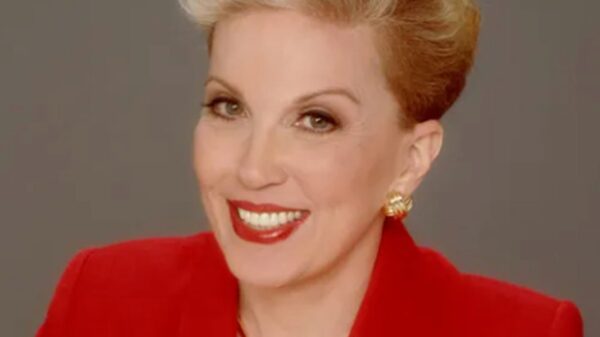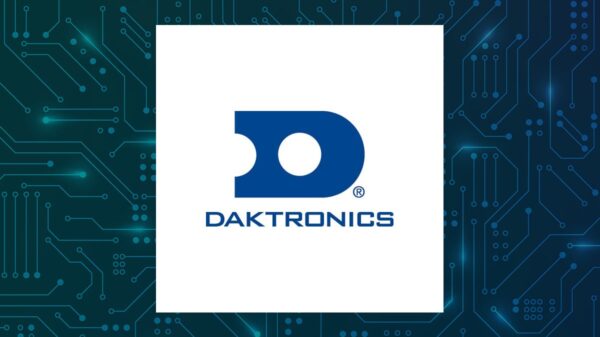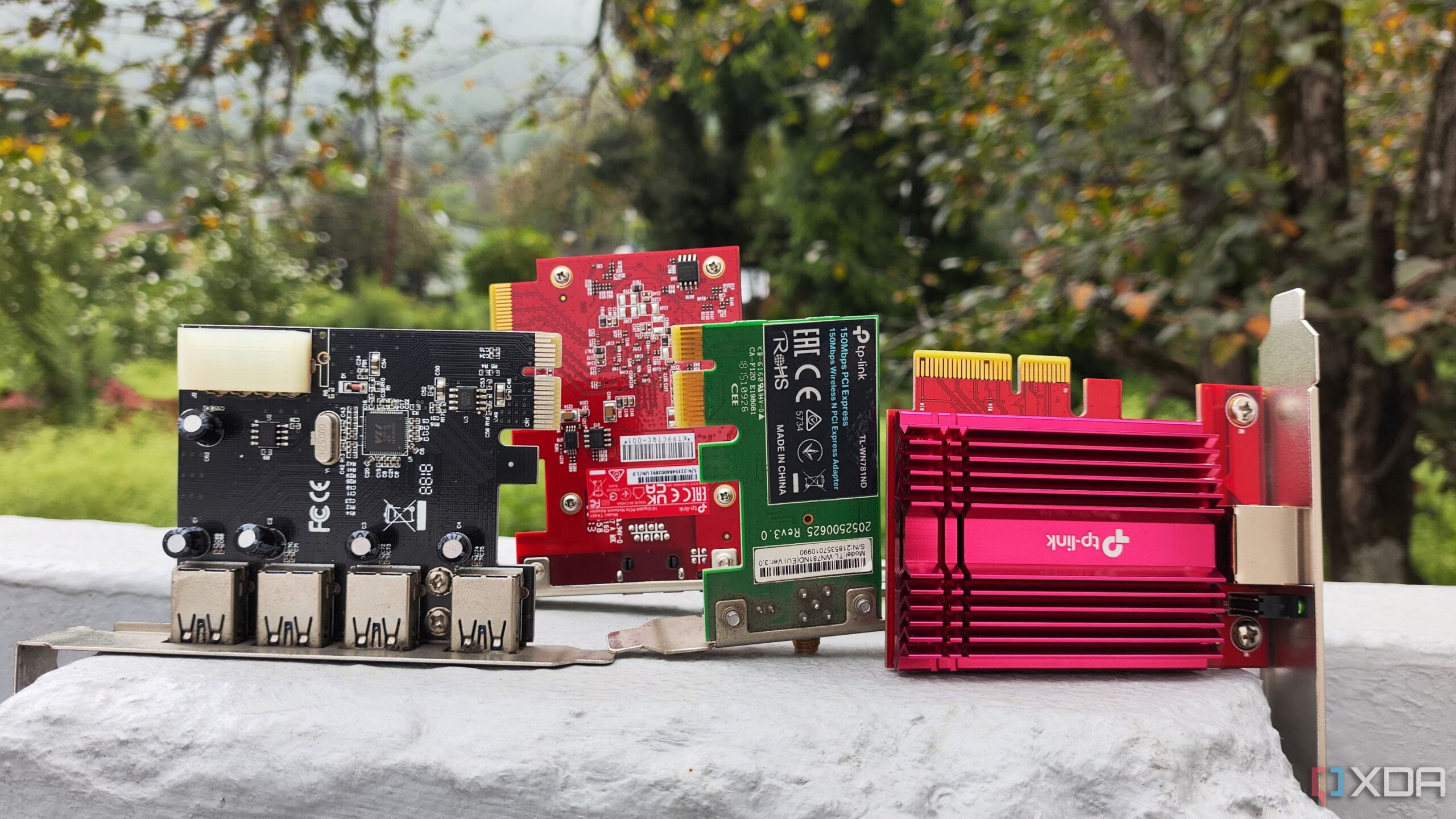URGENT UPDATE: New reports reveal that PCIe devices are outpacing USB in performance, making them essential for PC builders and upgrade enthusiasts. With the tech landscape evolving rapidly, understanding the advantages of PCIe over USB is critical for optimizing your setup today.
The stark difference in speed is enough to change the way you connect devices. A single PCIe 4.0 lane delivers a staggering 2 GB/s of bandwidth, compared to a typical USB 3.2 Gen 2 port that maxes out at just 10 Gbps (or 1.25 GB/s). This is vital for anyone who relies on high-performance operations like video editing or gaming.
Here are the top four PCIe upgrades you need to consider:
1. High-Speed Networking
The battle between USB Wi-Fi dongles and PCIe Wi-Fi cards is a no-contest. While USB adapters offer convenience, they often struggle with dropped connections and inconsistent speeds. PCIe Wi-Fi cards, on the other hand, provide a direct connection to your motherboard, significantly improving stability and performance. With better thermal management and external antennas, these cards eliminate dead spots and offer superior Bluetooth coverage.
2. Audio Output
Sound quality matters, particularly for gamers and media enthusiasts. While USB DACs are popular for their ability to isolate audio from electrical noise, nothing beats the comprehensive audio capabilities of a PCIe sound card. These cards deliver advanced features like hardware-level EQ, surround sound support, and multiple audio ports, ensuring an immersive audio experience.
3. M.2 SSD Slots
Many modern motherboards come equipped with M.2 slots, but they are often limited in number. M.2 NVMe SSDs installed via PCIe offer a game-changing speed advantage over external USB SSDs. By directly connecting to the motherboard, these drives avoid the thermal issues and bottlenecks often associated with USB connections, particularly under heavy loads like 4K video editing.
4. Additional USB Ports
It may seem counterintuitive, but PCIe expansion cards can actually provide more high-performance USB ports. Unlike cheap USB hubs that share bandwidth and can lead to device disconnections, a PCIe USB expansion card adds a dedicated controller for your additional ports. This upgrade is especially valuable for users with older motherboards lacking modern I/O options like USB-C.
WHAT’S NEXT: As technology continues to advance, the choice between USB and PCIe will increasingly hinge on performance needs. While USB remains a go-to for portability and convenience, PCIe is poised to dominate in environments where speed and reliability are paramount.
For PC users, the implications are clear: make the switch to PCIe to maximize performance. Whether you’re upgrading your audio setup, enhancing your network capabilities, or boosting storage speeds, PCIe devices are the future of high-performance computing.
Stay tuned for more updates as the tech landscape evolves, and don’t forget to share this vital information with fellow tech enthusiasts!





































































